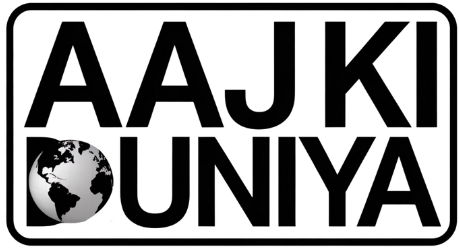Eris Lifesciences is gearing up to take advantage of India’s booming diabetes-obesity market. The Ahmedabad-based drugmaker stands to gain in the country’s human insulin market as innovator Novo Nordisk vacates, and it is betting on its insulin platform to grab a significant share in the anti-obesity market.
“We have a very successful insulin business with close to 10% market share in the country now. And any company that sells insulin well has been able to do GLP-1 very well,” CEO Krishnakumar Vaidyanathan toldMintin an interview.
Danish drugmaker Novo Nordisk, which is the innovator of blockbuster anti-obesity drugs Ozempic and Wegovy, is also a market leader in insulin, with an over 50% market share in India. The market for weight loss drugs in India was over ₹600 crore in July 2025.
Vaidyanathan explained that the insulin business involves building a patient service and care platform, which goes beyond just selling the product. “…there is active support from Eris’ side at the patient’s residence…given this insulin platform, we are very confident that we’ll be able to make a success of GLP-1 as well, because it will ride on this platform,” he said. Eris says they have a “one of a kind” patient service model where they train patients to use insulin, while Novo has a service model as well and a wide network of physicians.
GLP-1s or glucagon-like peptide-1 agonists are a class of drugs used to treat type-2 diabetes and obesity, which mimic the GLP-1 hormone produced in the gut to regulate blood sugar and appetite. Eris plans to rely on third parties for Active Pharmaceutical Ingredients (APIs), but will eventually bring regular semaglutide in-house. It will depend on third parties for the synthetic semaglutide API.
Eris launched liraglutide, a GLP-1, in India last year and plans to be among the first wave of launches for generic semaglutide, which goes off patent in March 2026.
Key Takeaways
- Insulin platform gives Eris a launchpad to expand into GLP-1 and obesity drugs.
- Eris launched liraglutide and plans early entry into generic semaglutide post-March 2026.
- Novo Nordisk’s exit from insulin pens gives Eris a chance to grab market share.
- In-house manufacturing of insulin and GLP-1 is a strategic priority.
- Strong financials and EPS growth support its expansion strategy and deleveraging.
It is not the only one. India’s top drugmakers, including Dr Reddy’s,Cipla, Sun Pharma,Zydus Lifesciences, and Natco, are gearing up to launch the generic semaglutide next year.
The firm also has a pipeline of standalone insulin analogues and insulin analogues with GLP-1 combinations in preclinical and clinical trials.
Insulin dominance
Earlier this year, Novo Nordisk announced the rollback of pen-filled versions of its best-selling Human Mixtard insulin. While the vial versions will still be sold, this opens up a huge market for domestic players to fill in the country’s ₹4,500 crore insulin market.
Eris acquired the Insugen and Basalog brands fromBiocon Biologics last year as part of a larger deal to acquire its branded formulations business. It also sells Xsulin through a joint venture with MJ Biopharma.
Apart from innovators Novo Nordisk andSanofi, which dominate the Indian insulin market, Lupin, which acquired Eli Lilly’s Huminsulin brand last year, is a key domestic player.
“So this whole democratisation of insulins and GLP-1s is something that is going to happen. The ball has been set rolling,” said Vaidyanathan.
Eris expects to see increased sales from recombinant human insulin (RHI) pen products in November and December as innovator inventory runs out.
The company is also planning to in-source its insulin and GLP-1 production at a later stage.
The company commenced production of insulin vials at its Bhopal facility in Q1FY26, and expects to start cartridge production by Q4FY26.
“Our strategy has always been that, once we deem that a product is big and strategically important, then we bring it in-house,” said Vaidyanathan.
Eris Lifesciences reported its Q1FY26 results on Tuesday, with its consolidated revenue up 7.4% year-on-year to ₹773 crore. Its Ebitda for the quarter stood at ₹277 crore, up 11% YoY with a 36% Ebitda margin.
Net profit was up 41% to ₹125 crore. The drugmaker is focused on increasing profitability and paring down debt in FY26.
“All of this will be accompanied by a significant acceleration in the EPS (earnings per share) and the return ratios,” said Vaidyanathan. Its EPS in Q1 was ₹9.2, and the company expects a 50% EPS growth in FY26.
The company’s net debt in Q1FY26 was ₹2,317 crore, and it aims to reduce debt to ₹1,800 crore by the end of the year.
Source link
[ad_3]
[ad_4]

